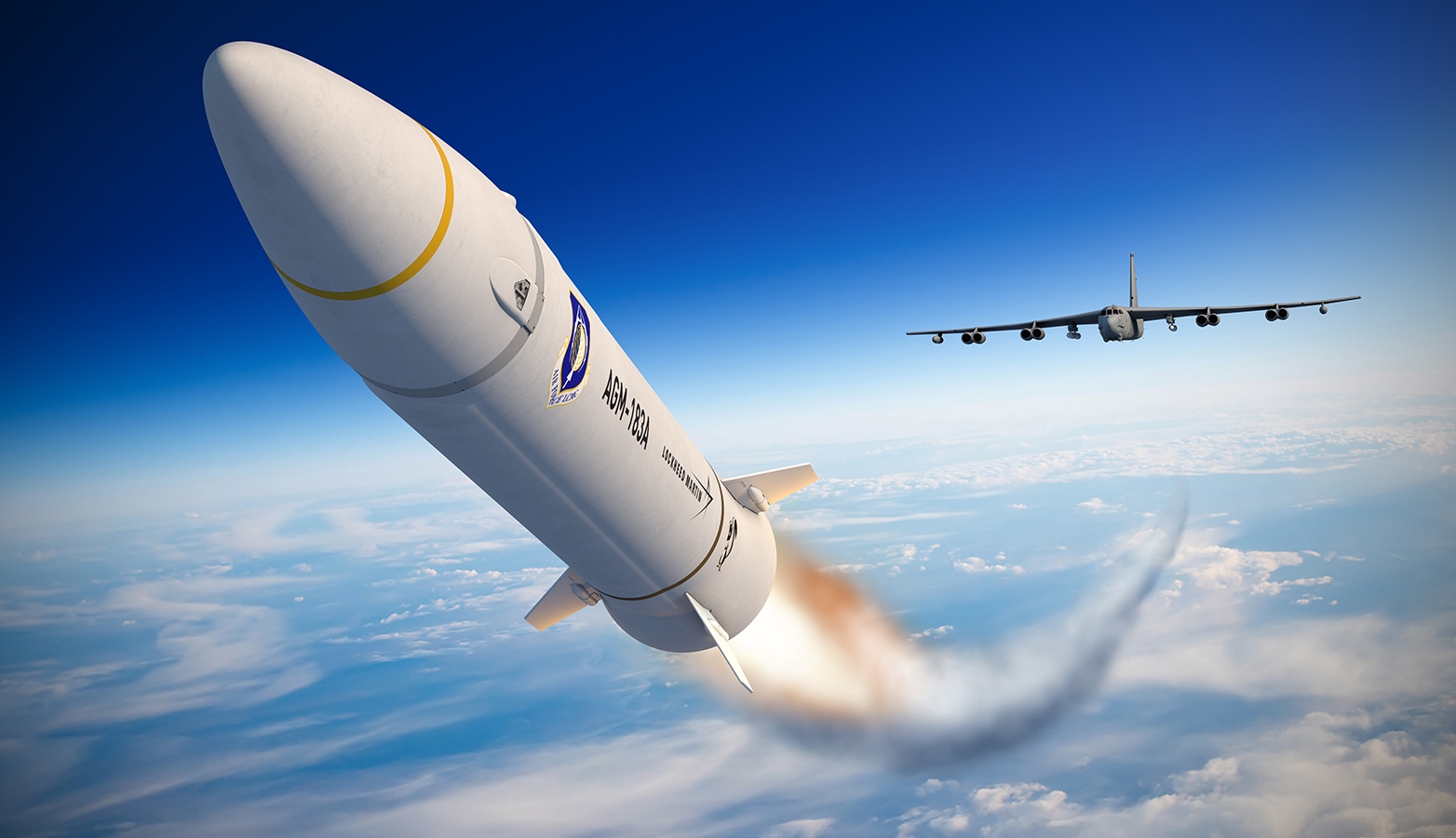Stay Up to Date
Submit your email address to receive the latest industry and Aerospace America news.
The Missile Systems Technical Committee focuses on technologies associated with the design, development, operations and utilization of strategic and tactical missile systems.
Interest in hypersonic technology development has continued to grow since the early 2000s and has been particularly emphasized in recent years as U.S. adversaries have successfully tested hypersonic weapons of their own. In July, the U.S. Congressional Research Service released its report “Hypersonic Weapons: Background and Issues for Congress,” detailing the current state of hypersonics development globally and the United States’ plans for hypersonic weapon and defense technology development. Numerous programs — including but not limited to the Conventional Prompt Strike, the Air-Launched Rapid Response Weapon (ARRW), the Hypersonic Attack Cruise Missile, the Hypersonic Air-breathing Weapon Concept (HAWC) and Glide Phase Intercept — are nationally critical for hypersonic technology advancement.
In April, Lockheed Martin and Aerojet Rocketdyne made the first successful test flight of their Mach 5 HAWC prototype. In July, Raytheon Technologies and Northrop Grumman executed a second successful flight test of their HAWC prototype.This was a pivotal step toward the U.S. Department of Defense fielding hypersonic weapons, demonstrating technical maturity and providing additional data for their digital models, used to execute countless test simulations. Digital models continue to grow in capability throughout the industry, enabling faster and more affordable learning and iteration compared to conventional design-build-test campaigns.
After several failed attempts, the U.S. Air Force and Lockheed Martin completed an ARRW hypersonic-boosted test flight in May and another in July. The successful flights demonstrated the weapon’s functionality and provided critical data for continued development and future flight tests. The anticipated early operational capability of ARRW in 2023 will provide the U.S. with a rapid response weapon capable of overcoming contested environments via high speed and maneuverability.
DARPA said in July that it had achieved all of its test objectives during its Operational Fires medium-range missile flight test at White Sands Missile Range in New Mexico. The OpFires missile is a ground-launched two-stage propulsive system compatible with existing infrastructure that is capable of carrying hypersonic payloads. Michael White, the principal director for hypersonics in the Office of the Under Secretary of Defense for Research and Engineering, said in a statement, “The OpFires program is a great example of how DARPA, in partnership with industry, is helping the Department of Defense facilitate rapid development and testing of advanced hypersonic technologies to accelerate the delivery of transformational warfighting capabilities.”
Academia made significant strides in hypersonics this year, standing up the University Consortium for Applied Hypersonics as a collaborative network of universities working with government and industry partners to serve the Defense Department in science and technology, workforce development and technology transition. As of October, the consortium had over 100 university members and affiliate members.
Stay Up to Date
Submit your email address to receive the latest industry and Aerospace America news.




